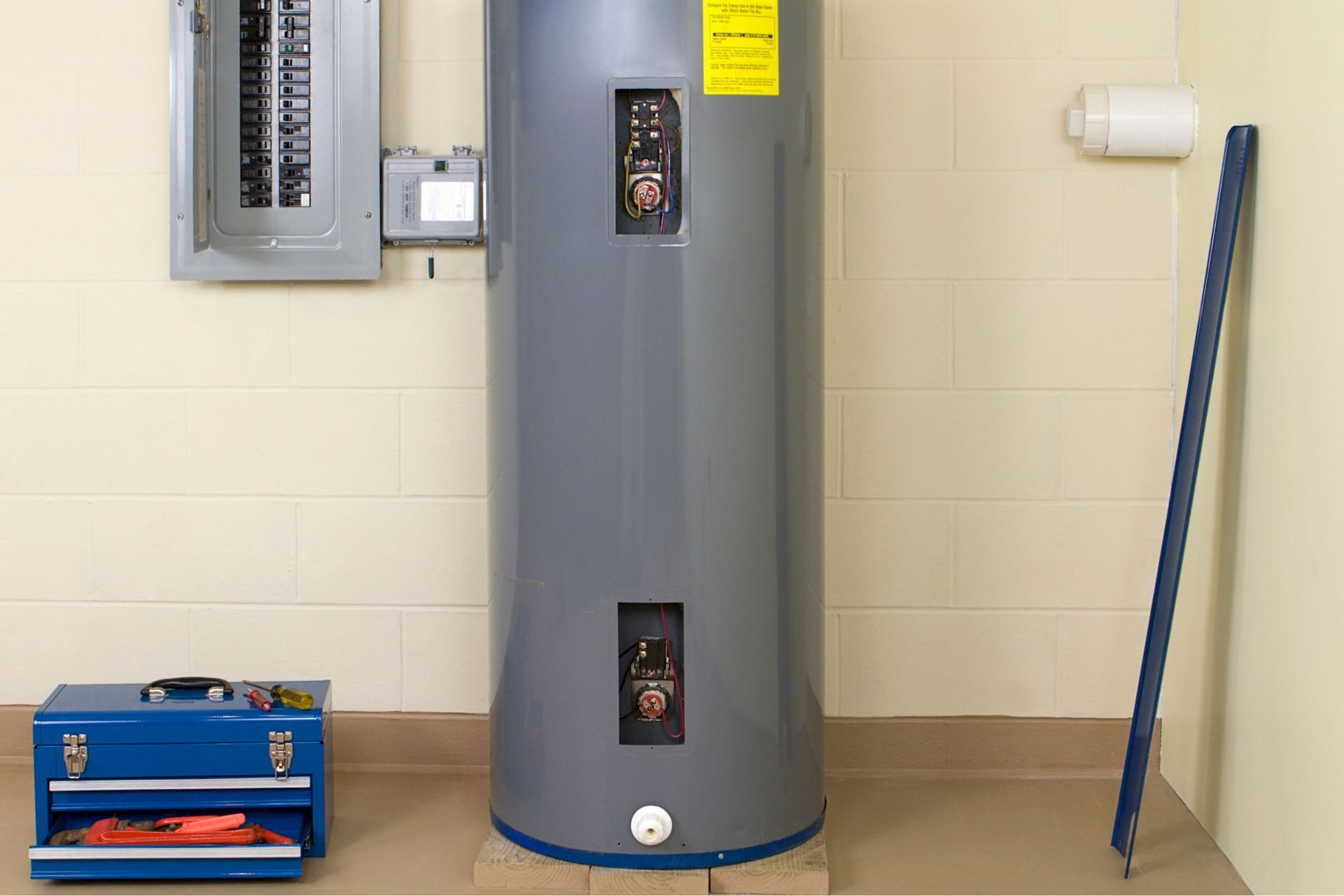Essential Care Techniques for Your Home's Hot Water SystemBest Practices for Maintaining Your Home's Hot Water System
Essential Care Techniques for Your Home's Hot Water SystemBest Practices for Maintaining Your Home's Hot Water System
Blog Article
This post down the page relating to How to Maintain Your Water Heater & Prolong its Life is highly engaging. Give it a try and make your own personal final thoughts.

Warm water is necessary for everyday comfort, whether it's for a refreshing shower or cleaning recipes. To ensure your hot water system runs efficiently and lasts much longer, routine maintenance is vital. This short article provides functional ideas and insights on how to preserve your home's warm water system to prevent interruptions and costly fixings.
Introduction
Keeping your home's warm water system may appear overwhelming, however with a few straightforward actions, you can ensure it runs smoothly for years ahead. This guide covers everything from recognizing your hot water system to DIY upkeep suggestions and knowing when to call expert help.
Value of Preserving Your Hot Water System
Normal maintenance not only extends the life expectancy of your hot water system yet also guarantees it operates successfully. Ignoring upkeep can result in lowered efficiency, greater energy expenses, and even early failing of the system.
Signs Your Hot Water System Demands Maintenance
Recognizing when your warm water system needs focus can avoid significant issues. Look out for indications such as inconsistent water temperature, odd noises from the heating unit, or corroded water.
Comprehending Your Warm Water System
Before diving into upkeep tasks, it's practical to understand the fundamental parts of your hot water system. Normally, this includes the water heater itself, pipelines, anode poles, and temperature controls.
Regular Monthly Upkeep Tasks
Regular regular monthly checks can aid catch small concerns before they intensify.
Purging the Hot Water Heater
Flushing your hot water heater gets rid of debris buildup, enhancing performance and prolonging its life.
Checking and Changing Anode Rods
Anode poles prevent rust inside the storage tank. Evaluating and changing them when worn out is critical.
Inspecting and Changing Temperature Level Setups
Adjusting the temperature settings guarantees optimal performance and safety and security.
Do It Yourself Tips for Maintenance
You can perform several maintenance tasks yourself to maintain your warm water system in leading problem.
Checking for Leaks
Frequently check pipelines and links for leakages, as these can lead to water damage and higher bills.
Evaluating Pressure Alleviation Valves
Checking the stress safety valve guarantees it works properly and stops too much stress build-up.
Shielding Pipelines
Shielding warm water pipelines lowers warm loss and can conserve power.
When to Call a Specialist
While DIY maintenance is helpful, some problems need expert experience.
Complex Issues Needing Expert Assistance
Instances consist of significant leakages, electrical problems, or if your water heater is regularly underperforming.
Regular Expert Upkeep Conveniences
Specialist upkeep can consist of thorough examinations, tune-ups, and ensuring compliance with safety standards.
Conclusion
Regular maintenance of your home's hot water system is essential for efficiency, durability, and cost savings. By adhering to these ideas and understanding when to seek professional aid, you can make sure a reputable supply of hot water without unexpected disturbances.
How to Maintain an Instant Hot Water Heater
Before tinkering with your hot water heater, make sure that it’s not powered on. You also have to turn off the main circuit breaker and shut off the main gas line to prevent accidents. Also turn off the water valves connected to your unit to prevent water from flowing into and out of the appliance. 2. When you’re done, you have to detach the purge valves’ caps. These look like the letter “T” and are situated on either side of the water valves. Doing so will release any pressure that has accumulated inside the valves while at the same time avoid hot water from shooting out and burning your skin. 3. When the purge valves’ caps are removed, you have to connect your hosing lines to the valves. Your unit should have come with three hoses but if it didn’t, you can purchase these things from any hardware or home repair shops. You can also get them from retail stores that sell water heating systems. Read the user’s manual and follow it to complete this task properly. When the hosing lines are connected, open the purge port’s valves. 4. You should never use harsh chemical cleaners or solutions when cleaning your unit. Make use of white vinegar instead. It should be undiluted and you’ll probably use about 2 gallons. 5. Now flush your water heater. This task should probably take about 40 minutes. We can’t give you specific directions for this because the procedure is carried out depending on the type, model and brand of your heater. With that being said, refer to the user’s manual. 6. When you’re done draining the unit, you have to turn off the purge port valves again. Remove the hosing lines that you earlier installed on each of the water valves. Put the valve caps (purge port) back in their respective places and be very careful so as not to damage the rubber discs that are found inside these caps. 7. Now that everything’s back in place, check your user’s manual again to find out how to reactivate your water heating system. 8. Once it is working, turn one of your hot water faucets on just to let air pass through the heater’s water supply pipes. Leave the tap on until water flows smoothly out of it. https://www.orrplumbing.com/blog/2014/september/how-to-maintain-an-instant-hot-water-heater/

I came across that blog posting on How to Maintain Your Water Heater & Prolong its Life while doing a lookup on the search engines. Are you aware of somebody who is in the market for the subject? Why not promote it. Kudos for your time. Kindly check our blog back soon.
This Resource Report this page